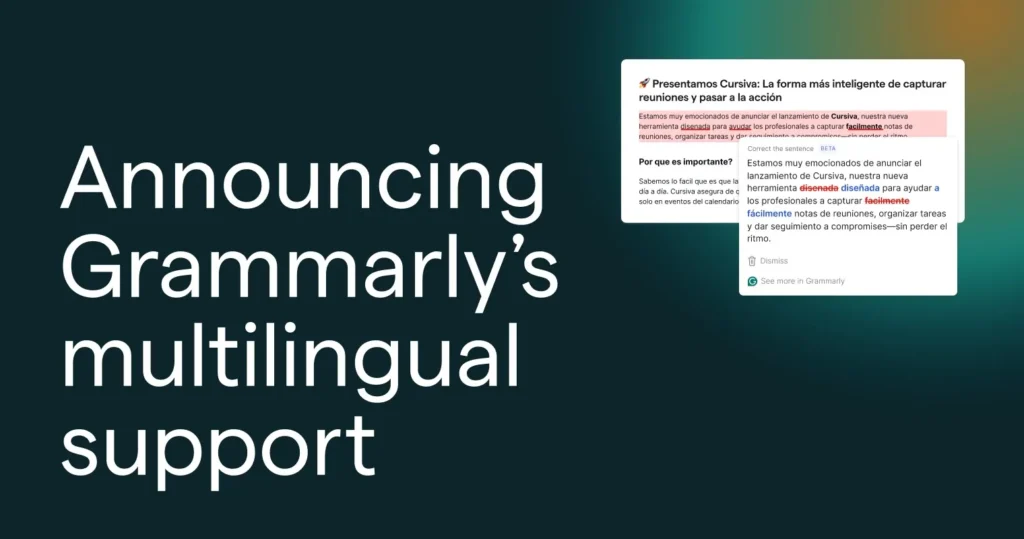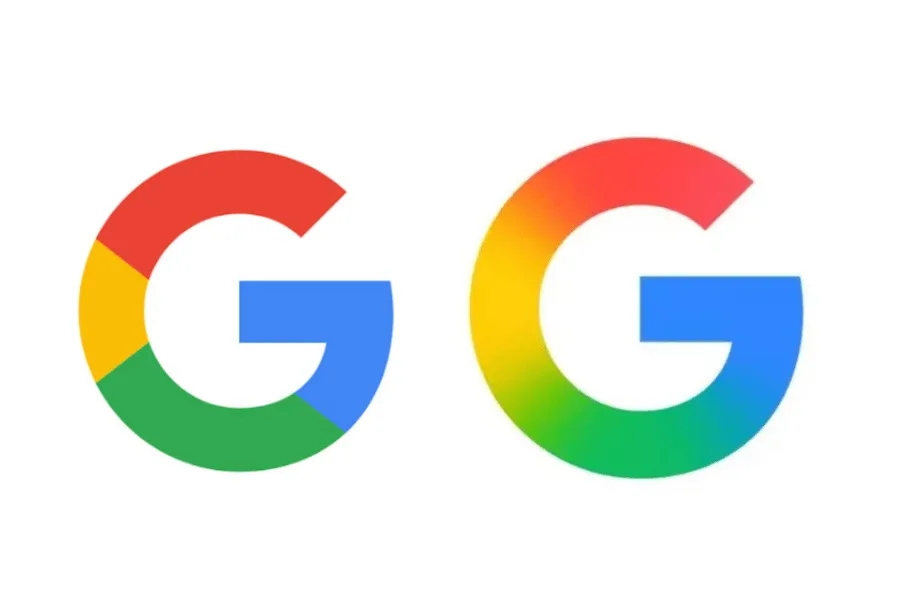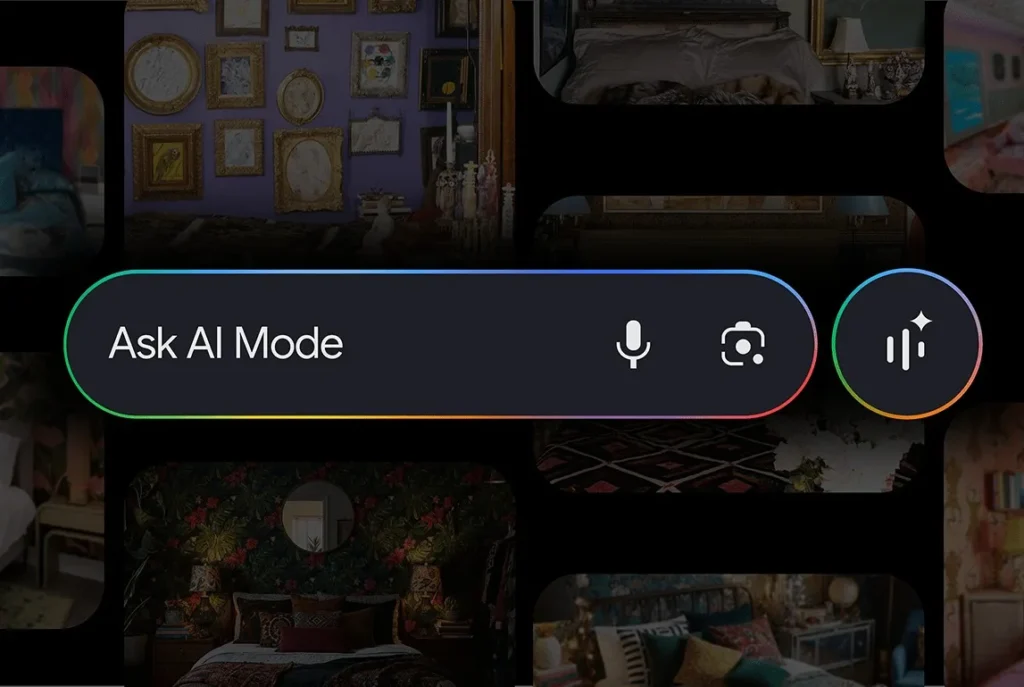Grammarly expands its intelligent correction tool with five new languages
After 16 years of refining its English correction tool, Grammarly announces a major turning point: the application now supports Spanish, French, Portuguese, German, and Italian.
For millions of users, this was the most anticipated feature since the tool’s inception.
A true multilingual writing assistant
Grammarly is no longer limited to correcting grammar and spelling errors. In these five new languages, the application can:
- supply entire sentence or paragraph rewrites to enhance style,
- adapt tone (formal, professional, friendly, etc.),
- improve clarity and readability,
- and translate in real-time between six main languages and 19 additional languages.
Specifically, a user can write in French, correct their mistakes in real-time, and then instantly translate their text into German or Portuguese… all without leaving the tool.
A large-scale deployment tested
The new features were tested with one million users. According to Grammarly, the acceptance rates of suggestions in the new languages are comparable to those observed in English. Some testers even shared their surprise at seeing the familiar “red lines” under their texts… written in their native language.
Grammarly, a pioneer in language AI
From the start, Grammarly has relied on machine learning. In 2023, the company integrated Large Language Models (LLM) while maintaining a hybrid approach:
- internally hosted models that are securely managed, partially trained on user data (with opt-out or deactivation as the default for enterprise/education clients),
- and the option for users to activate third-party models (such as those from OpenAI) for advanced features.
This approach allows Grammarly to combine human linguistic expertise (from its teams of linguists) with LLM power, while maintaining control over security and privacy.
A broader expansion strategy
The introduction of multilingual support is just one step:
- in July, Grammarly acquired Superhuman, a highly popular emailing application,
- launched nine AI agents tailored for students and teachers,
- and announced its ambition to become a comprehensive AI-powered productivity assistant.
The next step may involve adding even more languages, particularly those used in offshore customer service based on B2B client demands.
📊 An increasingly competitive market
Grammarly is not alone in this arena.
• Google recently expanded its multilingual AI capabilities in Search,
• Apple introduced live translation through AirPods Pro 3,
• and other players like DeepL or Quillbot are enhancing their offerings.
With an announced 40 million active daily users as of last May, Grammarly aims to maintain its advantage with this multilingual extension.




